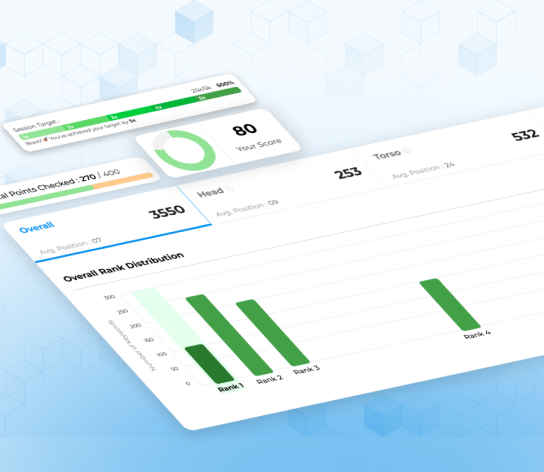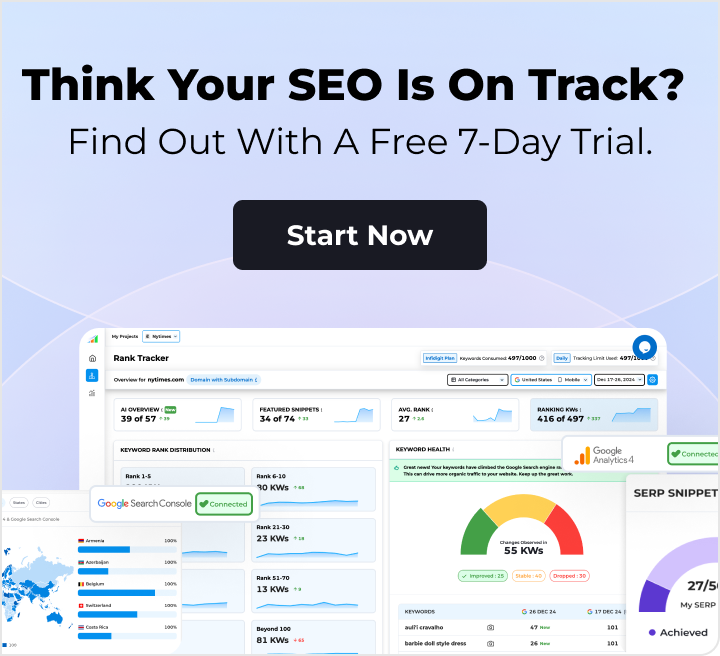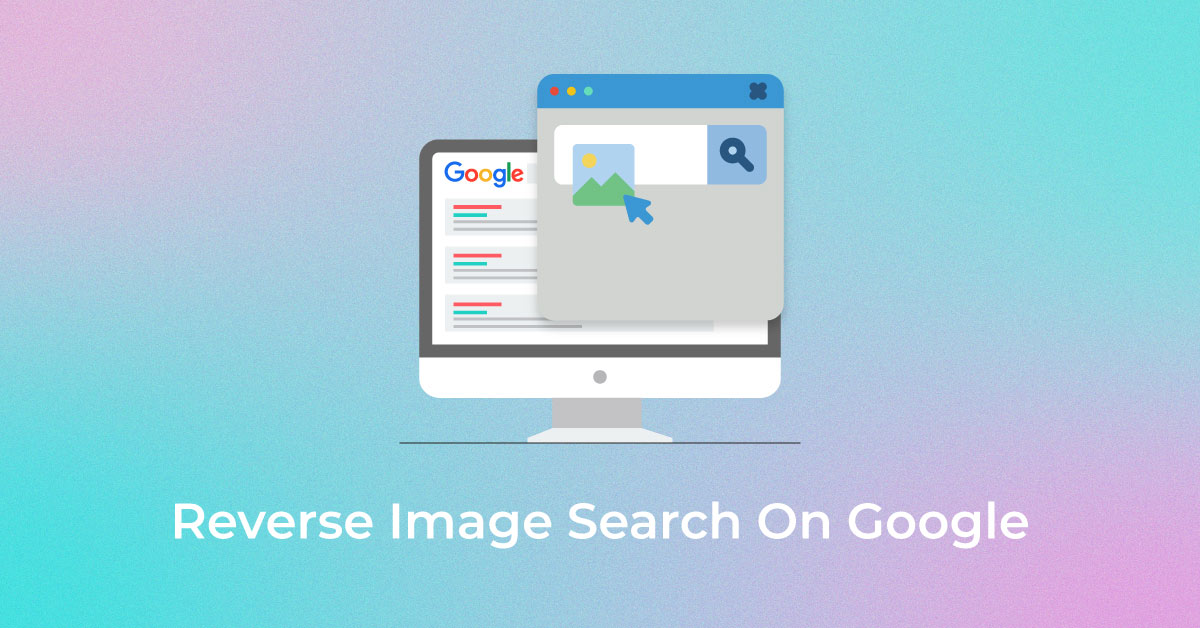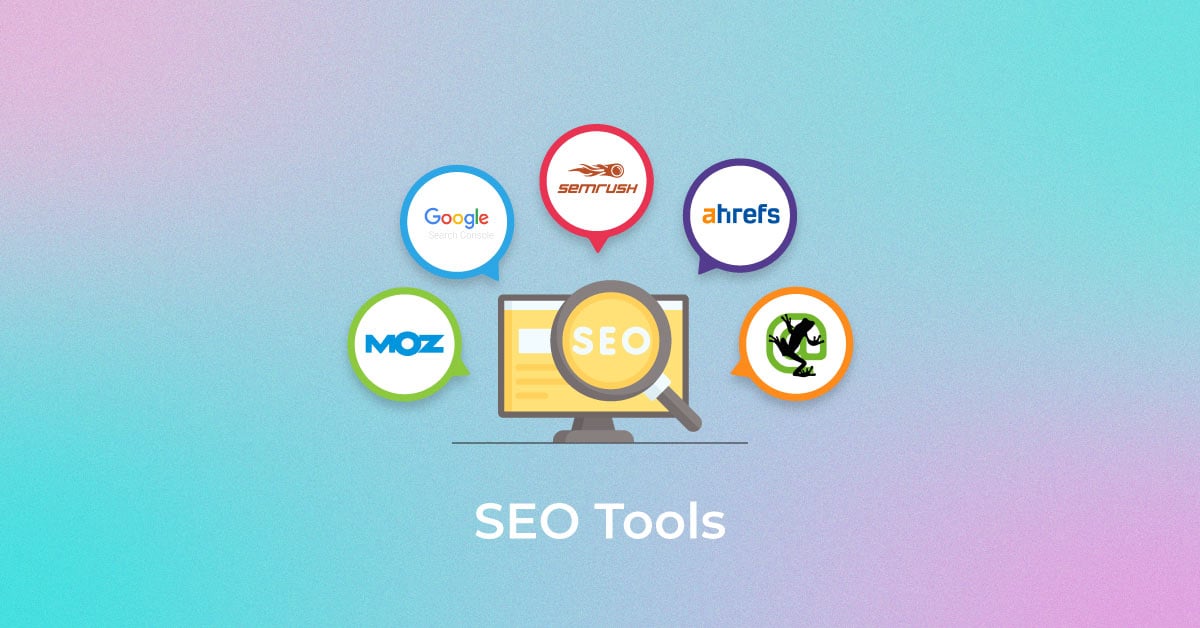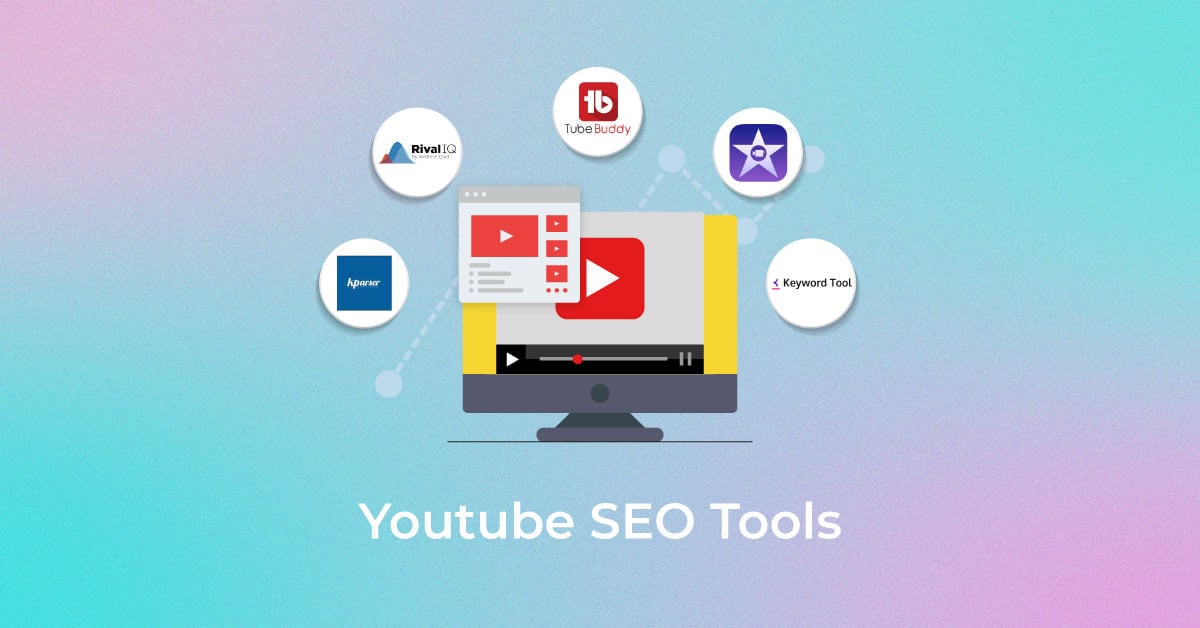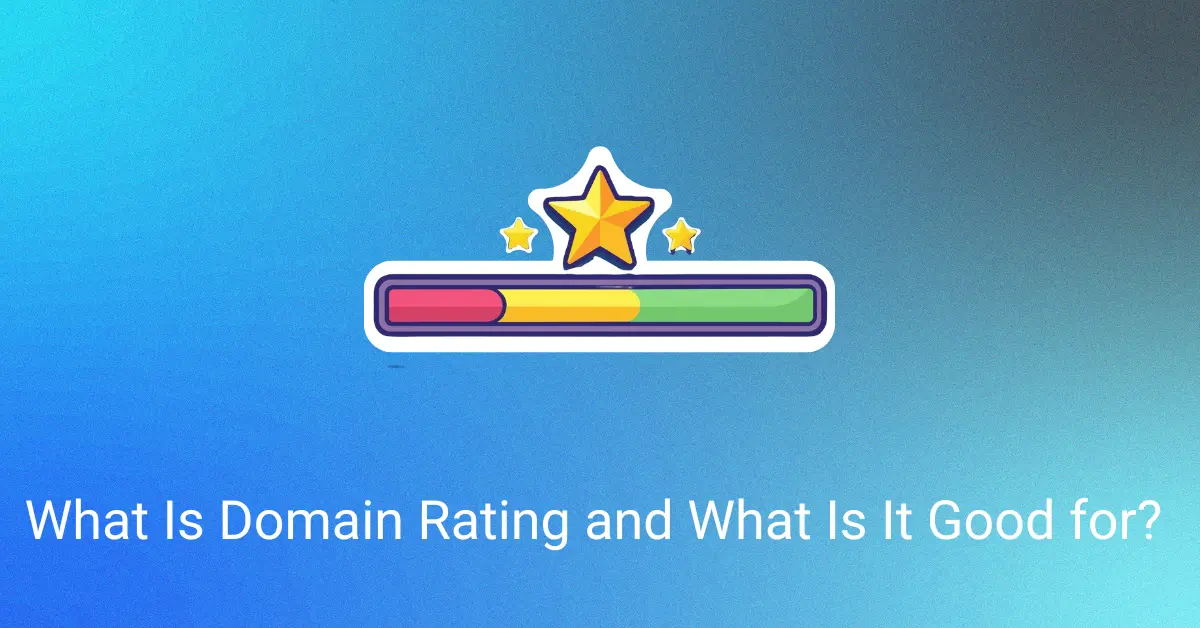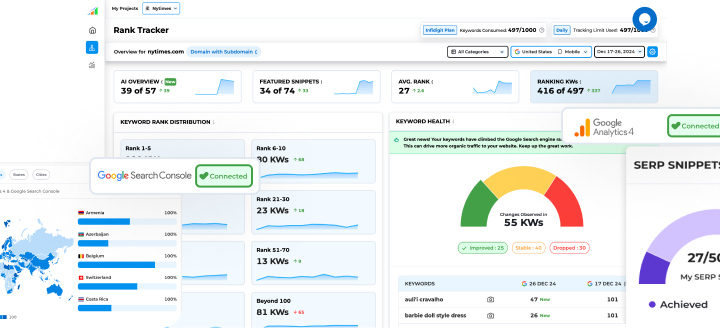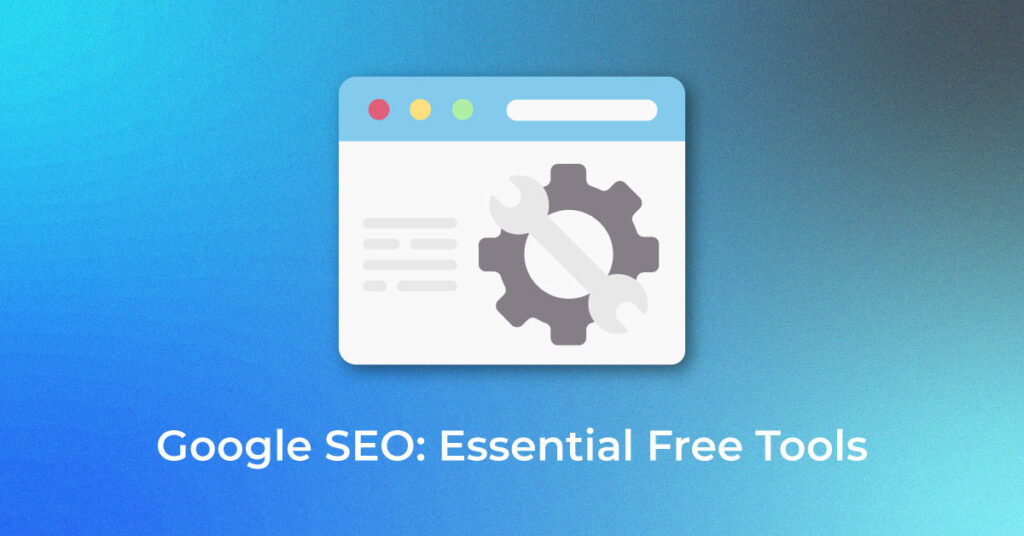Overview of Google SEO Tools
Navigating the seascape of online visibility, you’ll find Google SEO Tools as your trusty compass and map. As we sail into 2025, these tools have become even more nuanced and powerful, providing a veritable treasure trove of data-driven insights to steer your website through the algorithmic currents of Google’s search engine. They are indispensable for anyone looking to optimize their online presence, improve their site’s user experience, content relevance, and technical performance. With these tools, you can pinpoint the tweaks needed for your website to rank higher and attract more traffic.
Leading Google Tools for SEO
1. Google Keyword Planner
As you set out to conquer the vast digital market, Google Keyword Planner is like your first mate, helping you navigate through the waters of keyword research. This tool isn’t just for advertisers; it’s a goldmine for anyone wanting to optimize their content for search engines. By inputting seed keywords, phrases, or even your competitor’s URL, you unearth new keyword opportunities and glean insights into the words your audience uses to find services like yours.
Top 5 Features of Google Keyword Planner:
- Discovery of new, relevant keywords for your business or industry.
- Information on average monthly search volumes for keywords.
- Insights into the level of competition for specific keywords.
- A treasure trove of keyword suggestions and related terms.
- Ability to help forecast performance and refine budgets for paid campaigns.
Five Benefits:
- Enables targeted keyword selection to align with user search intent.
- Supports data-driven decisions through detailed keyword analytics.
- Enhances content optimization potential for better SEO performance.
- Provides competitive analysis to outmaneuver rivals in keyword rankings.
- Streamlines the process of creating effective paid advertising campaigns.
Two Cons:
- May present an overwhelming amount of data for beginners.
- Lacks some of the more nuanced metrics found in paid tools.
Best For: The Google Keyword Planner is best suited for SEO specialists, content marketers, and business owners looking to increase organic traffic or refine their AdWords campaigns with well-researched keywords. It’s especially valuable for those starting out or on a tight budget, given its free access.
2. Google Search Console
Google Search Console is undoubtedly the crown jewel of SEO tools, offering a comprehensive suite of instruments to optimize and refine your website for search triumphs. As you might navigate a ship through starlit waters using celestial navigation, here you use real-time data to ensure your website keeps a steady course in Google’s search results. With this tool, you gain insights into how your site is perceived by Google, which pages are being indexed, and what queries bring users to your doorstep.
Top 5 Features of Google Search Console:
- Overview of search traffic, performance, and ranking data.
- Notifications and reports of any website crawl issues or security concerns.
- Analysis of Google’s indexing of your site’s pages and the ability to submit sitemaps.
- Assessment of mobile usability to ensure your site is mobile-friendly.
- Tools for evaluating and enhancing site’s structured data.
Five Benefits:
- Provides actionable insights to boost your website’s search engine visibility.
- Helps in resolving errors that could hinder website indexing and performance.
- Informs about links and external factors influencing your ranking.
- Offers a thorough report on the keywords driving traffic to your site.
- Meets no cost, making it accessible to all scale businesses.
Two Cons:
- The wealth of data may be intimidating for SEO novices.
- May take time to fully understand and utilize the vast array of features offered.
Best For: Google Search Console is best suited for webmasters, SEO professionals, and website owners aiming to maintain an optimal online presence directly through Google’s lens. It is particularly ideal for those who need in-depth, actionable SEO insights without investing in paid tools.
3. Google Business Profile
Imagine having a storefront that’s visible not only to those walking by but also to the digital world. Google Business Profile empowers you with exactly that. It transforms how local businesses appear on Google Search and Maps, ensuring they shine when customers come looking. With its extensive array of features, it’s like having your billboard in the digital space, where accurate, compelling information acts as an open invitation to explore your business.
Top 5 Features of Google Business Profile:
- Customizable business listing, including hours, contact info, and photos.
- Management of customer reviews and the ability to respond directly.
- Posting capabilities for updates, offers, and events.
- Insights on how customers search for your business and their actions on your listing.
- Provision of messaging feature for direct customer engagement.
Five Benefits:
- Boosts local SEO, enhancing visibility in local search results.
- Strengthens online credibility through customer reviews and engagements.
- Allows you to offer real-time updates, keeping customers informed.
- Provides data-driven insights to tailor marketing tactics and business strategies.
- Bridges the gap between online discovery and physical store visits.
Two Cons:
- Requires regular attention and management to keep information up-to-date.
- Negative reviews may impact business perception if not handled appropriately.
Best For: Google Business Profile is ideal for local businesses, restaurants, shops, and service providers that rely on foot traffic and local clientele. It’s a boon for those aiming to enhance their local search presence and provide customers with an easily accessible and informative digital oversight of their enterprise.
4. Google Analytics
In an increasingly data-driven digital landscape, Google Analytics serves as a powerful SEO reporting tool, acting as the eyes and ears of your website. With the latest GA4 model, you can track intricate details of the user journey and site performance. This invaluable insight helps you understand your audience deeply, enabling you to craft a user experience that anticipates and meets their needs effectively.
Top 5 Features of Google Analytics 4 (GA4):
- Detailed reporting on user engagement, helping you see which content holds visitors’ interest.
- Attribution modeling, which divines the paths users take before converting.
- Integration with Google Ads, allowing the measurement of campaign performances directly.
- Predictive analytics leveraging machine learning to gauge conversion probabilities.
- Advanced audience segmentation, enabling tailored marketing actions.
Five Benefits:
- Unveils the effectiveness of your SEO and marketing efforts, guiding improvements and investments.
- Provides a full-fledged view of how users interact with your site, enhancing UX optimization.
- Aids in developing personalized marketing strategies with advanced user segmentation.
- Empowers data-driven decision-making with comprehensive reports.
- It’s free to use, democratizing website analytics for all operators.
Two Cons:
- The sheer scope of capabilities may feel daunting at first glance.
- The transition from Universal Analytics to GA4 has left some users grappling with a new interface and data model.
Best For: Google Analytics 4 is best for website owners, digital marketers, and businesses large and small seeking to maximize their online potential through in-depth user analysis. Those looking to adapt their digital strategies based on user behavior will find GA4 indispensable.
5. Google Trends
Google Trends is like the wind vane of the internet, providing timely data on the ever-shifting whims and interests of online users. By tapping into real-time search query data, this versatile tool gives you a bird’s-eye view of what’s hot and what’s not, which can inform anything from marketing campaigns to product development. With Google Trends, you’ll know when to set sail on the high traffic winds or batten down the hatches when interest is waning.
Top 5 Features of Google Trends:
- Trend data over time to monitor the rise or fall of search interest.
- Geo-specific insights allow for tailored content strategies by region.
- Side-by-side comparison features for multiple search terms or topics.
- Identifies related topics and queries to expand your content horizons.
- Real-time data that can help capture trending moments as they happen.
Five Benefits:
- Enables you to stay ahead of the curve by identifying emerging trends early.
- Optimizes content and SEO strategies based on geographic search patterns.
- Enhances content marketing relevance by aligning with user search behavior.
- Guides data-driven decision-making in various business areas such as product launches and promotions.
- Offers freely accessible insights, putting valuable information at your fingertips.
Two Cons:
- Relative search volume data may require additional context from other tools for a complete picture.
- The popularity of keywords may not always equate to the best opportunities for SEO due to competition.
Best For: Marketers, content creators, and business strategists stand to gain immensely from Google Trends. It’s particularly valuable for those who want to capitalize on the zeitgeist by crafting content that resonates with current searches and user interests.
6. Google PageSpeed Insights
Within the realm of SEO, speed isn’t just a luxury; it’s a necessity. Google PageSpeed Insights serves as your trusty speedometer, crucial for checking the pulse of your website’s performance. In today’s digital fast lane, this tool helps ensure that your pages are sprinting, not staggering when it comes to load times. It assesses your site against performance best practices and provides actionable feedback to shift from the slow lane to the express track in user experience.
Top 5 Features of Google PageSpeed Insights:
- Evaluation of page loading performance on both desktop and mobile devices.
- A breakdown of potential issues slowing your page down with recommendations for improvement.
- Core Web Vitals assessment to ensure key page experience metrics are met.
- An intuitive scoring system gives a clear indicator of performance health.
- Integration of lab data for hypothetical testing and field data for user experience reporting.
Five Benefits:
- Directly impacts SEO by improving page speed, a ranking factor in Google’s algorithm.
- Enhances user satisfaction by reducing bounce rates due to slow load times.
- Provides a framework for technical optimization leading to a smoother site experience.
- A diagnostic tool that identifies specific technical issues, sidelining guesswork for precision.
- Free to use, making it an accessible option for all webmasters looking to improve their site’s performance.
Two Cons:
- The technical nature of suggestions can be overwhelming for those without a web development background.
- Focuses primarily on speed, and while important, it’s one facet of a comprehensive SEO strategy.
Best For: Google PageSpeed Insights is an excellent speed test tool for web developers, SEO professionals, and business owners focused on delivering a fast and seamless user experience. It’s particularly useful for those launching new websites or implementing significant updates, providing actionable insights to benchmark and enhance page performance effectively.
7. Rich Results Test
Dazzle the search engine stage with your website looking its best using the Rich Results Test tool. Like a spotlight shining on an actor in the limelight, this tool highlights your structured content for the world—and especially Google’s search engine—to see, read, and reward. By ensuring your structured data is impeccably coded, your site stands a chance to feature enhanced snippets like review stars, product information, and much more, making your search results pop.
Top 5 Features of Rich Results Test:
- Validation of supported structured data types to ensure eligibility for rich results.
- User-friendly interface providing detailed error reports and suggestions for fixes.
- Live URL testing to audit the pages that are currently active on your website.
- Code snippet testing for validating changes before going live.
- Sharing functionality that allows collaboration on fixing structured data errors.
Five Benefits:
- Elevates the chance of achieving coveted rich search results, enhancing click-through rates.
- Assists in pinpointing and rectifying structured data mistakes swiftly.
- Keeps you abreast with how Googlebot interprets your page’s structured data.
- Offers clear guidance on how to structure data to meet Google’s criteria.
- It is a free tool, making rich result capability accessible for all website owners.
Two Cons:
- Limited to testing pages that are publicly accessible or code snippets.
- Only tests for specific types of structured data, not every kind that exists.
Best For: The Rich Results Test tool stands out as a valuable SEO audit tool for webmasters, SEO specialists, and developers. It’s particularly beneficial for e-commerce and content publishers aiming to optimize for rich results. By enhancing search visibility with eye-catching listings, it becomes a key resource for improving a site’s overall search presence.
8. Google Alerts
Like a watchful sentinel, Google Alerts stands ever vigilant, scanning the expansive digital horizon for mentions of your chosen topics, brands, or competitors. It’s a crucial asset for keeping you informed about what’s being said about your business online and the moves your competitors are making. By setting up customized alerts, you can immediately engage with fresh content, mitigate potential reputational risks, and leverage current trends.
Top 5 Features of Google Alerts:
- Automated alerts for chosen keywords tailored to your preferences.
- Customization of alert frequency, sources, and geographic location.
- Selection of specific languages for more focused monitoring.
- Delivery of alerts straight to your email, enabling instant response.
- An uncomplicated, user-friendly setup process.
Five Benefits:
- Enables proactive brand reputation management with immediate notifications.
- Provides a steady stream of fresh content ideas and opportunities for engagement.
- Keeps a strategic eye on competitors, delivering insights into their public engagement.
- Serves as an early-warning system for potential issues or crises involving your brand.
- It’s a cost-free service, making it an excellent choice for businesses of all sizes.
Two Cons:
- Can generate a high volume of alerts, which might become overwhelming.
- May include irrelevant mentions that necessitate manual filtering.
Best For: Google Alerts is best for PR professionals, marketers, business owners, and SEO strategists who desire to maintain a keen awareness of their online presence and industry happenings. It’s also particularly helpful for content creators looking for real-time inspiration and thought leadership opportunities.
9. Google Data Studio
Google Data Studio, your mighty atlas in the SEO odyssey, takes complex data from various streams and molds it into coherent, interactive stories. With this visualization wizard, you can transform raw data into compelling narratives that support data-driven decisions. It acts as both a powerful internal tool for analyzing performance and a versatile means to build convincing, digestible reports for clients or stakeholders.
Top 5 Features of Google Data Studio:
- Seamless integration with multiple data sources including Google Analytics and Google Ads.
- Customizable dashboards and report templates tailored to your brand or client needs.
- Interactive charts and tables that can be drilled down for granular insights.
- Real-time data access, ensuring that all reports are up-to-date and dynamic.
- Sharing and collaboration features that mirror other Google Drive tools.
Five Benefits:
- Transforms complex datasets into understandable, actionable reports.
- Saves time with templates and expedited cross-channel reporting.
- Empower teams with insights to refine SEO and marketing strategies.
- Facilitates clear communication of performance metrics to non-technical stakeholders.
- A free tool, Data Studio democratizes high-quality reporting for all users.
Two Cons:
- The initial setup and learning curve can be steep compared to simpler reporting tools.
- May require additional Google tools experience to maximize its full potential.
Best For: Google Data Studio is ideal for digital marketing agencies, in-house SEO teams, and analytics experts who want to deliver in-depth reports without the hassle of conventional data processing tools. It’s also valuable for decision-makers looking to visualize and understand their performance metrics at a glance.
Comparison of Google SEO Tools
When embarking on SEO, it’s like setting off on a voyage across a vast ocean of data and strategy. Each of Google’s SEO tools plays a specific, valuable role, much like the crew of a ship. Google Keyword Planner might be your navigator, guiding the way with keyword insights; while Google Search Console is the watchful lookout, spotting potential hazards to your site’s performance.
Google Keyword Planner vs. Google Search Console: While the Keyword Planner is indispensable for uncovering keyword treasures and planning your SEO map, the Search Console provides a panoramic view of your site’s presence in Google’s SERP seas, helping you identify and mend technical leaks and content cracks.
Google Analytics vs. Google Search Console: Analytics shines a lantern on the behaviors and preferences of those who board your website, while Search Console shows how these visitors found your ship in the first place and what might be deterring others from coming aboard.
Google Trends vs. Google Keyword Planner: Google Trends signals shifting winds in the public interest, offering a broader context and helping you to set sail in the right direction, whereas Keyword Planner helps you chart a more detailed course, with specific keywords to keep you on the fastest route to visibility.
Each tool serves a unique function, and in unison, they form a formidable armada for your SEO enterprise. Use them together to navigate the choppy waters of search engine optimization and sail toward the desired destination of high search rankings and visibility.
Integrating Multiple Google SEO Tools for a Comprehensive SEO Strategy
Imagine constructing a maestro’s symphony with each Google SEO tool playing a part in your website’s harmony. When synchronized, these tools interweave diverse insights, creating a cohesive and sophisticated SEO strategy that can lift your online presence to new heights.
You can manage keyword research with the Google Keyword Planner, synchronizing your findings with content strategy to hit the right notes with your target audience. Then, harness the Google Search Console to fine-tune your website’s performance, ensuring every page is indexed, cast in the right role, and free from technical errors.
“Optimize” real-time user interaction with Google Analytics to identify high-performance sections that resonate with visitors and deserve a standing ovation. Engage the audience with the freshness and relevance of Google Trends, giving them content that reflects their current interests and queries.
As for Google PageSpeed Insights, use it to keep the tempo, ensuring quick load times and smooth site performance that glides like a well-paced allegro. Integrate the Rich Results Test to elevate the brand’s visibility in SERPs with snippets that act like spotlights on your key content.
Finally, “engage” with your audience and industry by setting up Google Alerts for prompt responses to mentions and market movements, while using the Google Data Studio to craft comprehensive, illuminating reports that narrate your success story in numbers and charts.
By threading these tools together, you orchestrate an SEO approach that’s as dynamic and responsive as the web itself—a strategy that’s not just heard but felt across every ripple in the digital sea.
Updates and Evolution of Google Search Engine Optimization Tools
As the digital landscape shifts, so do Google’s SEO tools, evolving with a cadence that reflects the needs of the modern webmaster and marketer. Google continually updates its tools, much like a master craftsman refining their instruments, ensuring that SEO professionals have the most up-to-date and effective resources at their fingertips.
In recent times, we’ve seen significant updates, such as the roll-out of Google Analytics 4, which has fundamentally changed the way user analytics are tracked and reported. Similarly, the introduction of Core Web Vitals in Google PageSpeed Insights shifted the focus towards user experience metrics that are now pivotal for site rankings.
Google Search Console has expanded its capabilities with new reports, enabling better monitoring of issues and performance over time. Other tools, like Google Trends, have become ever more nuanced, allowing deeper dives into localized and real-time search data—a boon for content creators aiming to stay current.
These advancements highlight Google’s commitment to building an ecosystem of AI SEO tools that are not just reactive but proactive in adapting to the evolving algorithm and diverse needs of the web community.
Keeping abreast of these changes is crucial. Each update has the potential to refine your SEO practices, sharpen your competitive edge, and illuminate the path toward more informed, effective strategies.
Common Pitfalls and Mistakes to Avoid with Google SEO Tools
As powerful as Google’s SEO tools are, they are not foolproof, and there are common pitfalls that you’d do well to circumnavigate. One such misstep is the underutilization of these tools. Many users scratch only the surface of their functionalities, missing out on deeper insights that could inform and elevate their SEO strategies.
Moreover, there’s the danger of data misinterpretation. Sailing through the sea of analytics without a proper compass — that is, a solid understanding of SEO — can lead you astray. Misreading the data can result in misguided strategies that steer your efforts in the wrong direction.
Avoid the siren song of complacency with the data you gather. It’s easy to grow comfortable with periodic checks, but in the world of SEO, the tides change swiftly. Ongoing analysis and agile responsiveness are key to staying ahead.
Another common error is the siloed use of these tools. They are most potent when integrated, yet many users fail to connect the rich data from one tool to insights from another. This can paint an incomplete picture of your SEO performance.
Lastly, overreliance on automation and alerts can be risky. While tools like Google Alerts provide timely updates, they require a human touch to sort through what’s noise and what’s valuable.
Keep these potential stumbles in mind, and anchor your approach in best practices and holistic use of Google’s SEO arsenal to chart a sure course toward digital success.
How to Maximize the Benefits of Google SEO Tools
Maximizing the benefits of Google’s SEO tools is akin to mastering the art of sailing with the winds of digital marketing. To make the most of these dynamic tools, you need to harmonize them with your SEO and marketing strategies. Start by ensuring that your foundational SEO practices are solid and that you’ve cast a wide net with Google Keyword Planner for comprehensive keyword insights.
“Engage” with Google Search Console by delving into its wealth of diagnostics to maintain your website’s health and searchability. Pair it with the data from Google Analytics to gain a full understanding of how users are interacting with your site and where you can optimize the user experience for better engagement and conversion.
Use Google Trends to stay afloat on the latest industry waves and ride them to content relevance and timely user engagement. Meanwhile, Google PageSpeed Insights helps you “optimize” for speed, ensuring your site is as swift as it is relevant.
Don’t forget to “create” visually compelling narratives with Google Data Studio, amalgamating data from different sources to tell the story of your site’s performance in a way that’s engaging and easily digestible.
Regularly “identify” your brand’s digital footprint with Google Alerts and “manage” your local presence with an up-to-date and active Google Business Profile. And remember, always test how your structured data is displayed with the Rich Results Test, ensuring your site looks its best on the SERP stage.
In essence, sailing smoothly through the waters of Google SEO requires a blend of these tools — a coordinated strategy that taps into the synergistic potential each one offers. By doing so, you can anchor your SEO efforts in a robust, data-driven marketing strategy that is sure to yield favorable winds.
Popular Searches
How useful was this post?
5 / 5. 2


